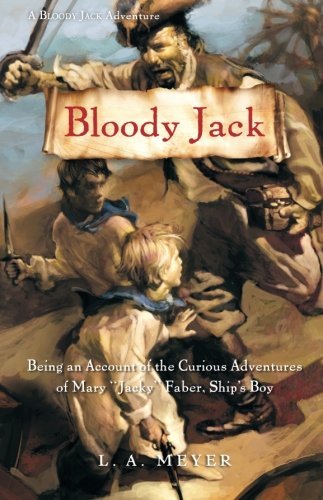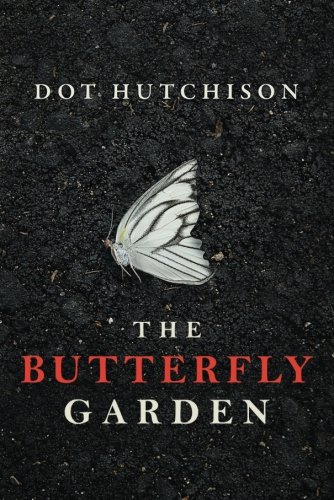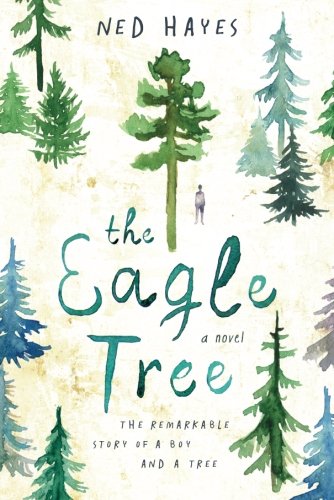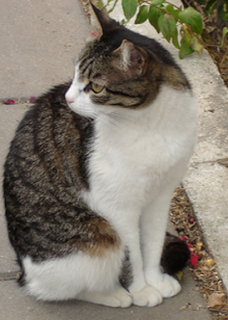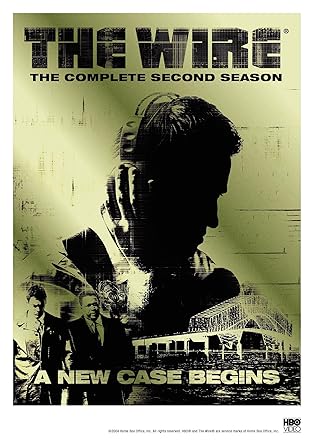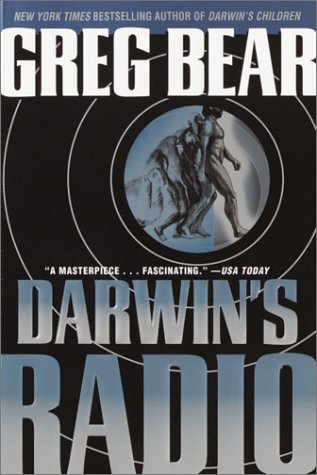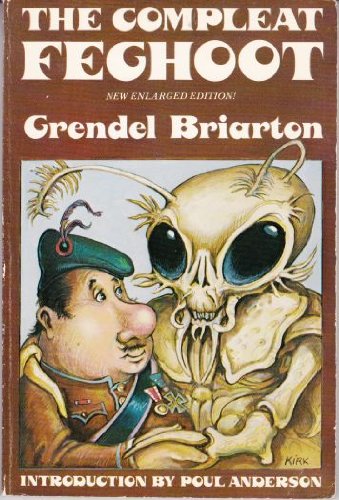Review: Sixth Column by Robert A. Heinlein
In reading this novel, set aside political correctness and revulsion against intolerance for a moment, and think of this: Heinlein's assignment was to write a "Yellow Peril" novel to be published as a serial. He was expected to follow Astounding magazine editor John W. Campbell's outline.
Fighting Fu Manchu with a ray gun. That's what we might have had. Instead, RAH gave us this thrilling post-invasion novel about psychological warfare. Yes, Campbell's idea was ray guns and superior physics; Heinlein delivered marketing judo and the triumph of brains over—well, not brawn, but certainly superior force.
The setting is the Colorado mountains west of Denver, in an undefined period following a massive near-global conflict which America had never entered. No, not WWII; this novel was written in mid-1940, several months before Germany invaded Czechoslovakia, and 18 months before Pearl Harbor.
Asian allies won the fictional conflict; in this dystopian future, a union of Japanese bushido culture and Chinese bureaucracy and population swept India into the Pan-Asiatic sphere while the US studiously ignored them with a Non-Interference Act. India digested, it is now our turn, and the Pan-Asiatics have taken the country by force majeure.
In Heinlein's deft way, these "historical" details come later, organically, from the action of the story. The novel actually commences with a Major Jeff "Whitey" Ardmore arriving at a secret lab in the Rockies to find only five men remaining in the lab following a mysterious accident. Ardmore and these five men form the core of an American resistance movement, American freedom fighters. The lab accident revealed a weapon that can be leveraged to overcome the entrenched invaders, but only by careful deployment.
Can six men really bring an entire nation "back from the dead"?
Can modern-day readers really enjoy such a racially-loaded novel?
In 1940s America, ethnic slurs were normal language, racial prejudice was commonplace (and still, for the most part, enshrined in law), and we were ourselves less than two years away from the interment of our own "Pan-Asiatic" citizens. Yet Heinlein still took this story concept based on racial differences, and moved it away from its lowest form. The slurs are confined to the Pan-Asiatic invaders; other common terms of the day are absent. (The mildest of these are still in use. Think "mick" or "cajun"...) In fact, there are no references to race, other than Pan-Asian and "American."
The cast of active characters includes the valiant Frank Mitsui, a Japanese-American whose family was destroyed, and whose own heritage places him under sentence of death from the invaders, as well as another man, Captain Downer, whose face is Asian, but whose genetics are not. Unnamed, but certainly present, are hundreds of thousands, even millions of others who might have fallen into those slur-labeled ethnic or racial categories before the invasion. Now racial distinctions other than Pan-Asian are ignored as unimportant. (So much so, as Tom Kratman points out in his Afterword, that we cannot even tell for certain the races of the original six men, nor that of other characters introduced in the tale.)
Heinlein also illustrates the explicit distinction between the terror tactics of the invaders and the methods used by the resistance. Kratman's afterword is helpful to align the reader's response to this thread of the story-line, which may be only unconsciously grasped—or missed entirely—in the midst of the novel's action.
My recommendation, therefore, is to read the whole novel, plus Intro and Afterword, as a dystopian alternate history, set perhaps in the mid-1950s (before the dawning of the Age of Aquarius), and not try to sanitize it any further than Heinlein has already done. If you keep that in mind, the story is thrilling, and the marketing science is spot-on even if the physics are outdated.




